Exhibition dates: 15th April – 12th July, 2009
Roman Vishniac (Russian-American, 1897-1990)
Grandfather and granddaughter, Lublin
1937
Gelatin silver print
Courtesy of the International Center of Photography
© Mara Vishniac Kohn
“During my journeys, I took over sixteen thousand photographs. All but two thousand were confiscated and, presumably, destroyed – although perhaps they will reappear someday. I hope my photographs enable the reader to envision a time and place that worthy of remembrance.”
.
Roman Vishniac
Hardly any photographs by Jeffrey Gusky online but he has provided some via email. I will post them asap. Thank you very much Jeff for contacting me. I knew little about the photographer Roman Vishniac but after more research I know much more now. What a photographer!
Just look at the image below to see a masterpiece of classical photography. Look at the space between the figures, the tension almost palpable, the look on the granddaughters face and the wringing of her hands a portent of the despair to come. A good archive of his photographs is on the International Center of Photography website.
Dr Marcus Bunyan
.
Many thankx to The Detroit Institute of Arts for allowing me to publish the photographs in the posting. Please click on the photographs for a larger version of the image.
Roman Vishniac (Russian-American, 1897-1990)
Children playing on a street lined with swastika flags, probably outskirts of Berlin
mid-1930s
Gelatin silver print
Courtesy of the International Center of Photography
© Mara Vishniac Kohn
Roman Vishniac (Russian-American, 1897-1990)
Women walking with a baby carriage, Brunnenstrasse, Berlin
1935
Gelatin silver print
Courtesy of the International Center of Photography
© Mara Vishniac Kohn
Roman Vishniac (Russian-American, 1897-1990)
Three women, Mukacevo
c. 1935-1938
Gelatin silver print
Courtesy of the International Center of Photography
© Mara Vishniac Kohn
Roman Vishniac (Russian-American, 1897-1990)
Man purchasing herring, wrapped in newspaper, for a Sabbath meal, Mukacevo
c. 1935-1938
Gelatin silver print
Courtesy of the International Center of Photography
© Mara Vishniac Kohn
Roman Vishniac (Russian-American, 1897-1990)
Young Jewish boys suspicious of strangers, Mukachevo
c. 1935-1938
Gelatin silver print
Courtesy of the International Center of Photography
© Mara Vishniac Kohn
Roman Vishniac (Russian-American, 1897-1990)
Boy with kindling in a basement dwelling, Krochmalna Street, Warsaw
c. 1935-1938
Gelatin silver print
Courtesy of the International Center of Photography
© Mara Vishniac Kohn
This previously unpublished photograph attests to Vishniac’s bold and innovative use of composition: the slim, vertical register of kindling wood, offset by a corner of Yiddish newspaper on a table and triangle of lace at the window, is balanced by the young boy’s sideways glance peering out from the corner of the frame, reflecting a modern sensibility not usually associated with Vishniac’s work in Eastern Europe.
Text from the International Center of Photography website
Roman Vishniac (Russian-American, 1897-1990)
Children playing outdoors and watching a game, TOZ (Society for Safeguarding the Health of the Jewish Population) summer camp, Otwock, near Warsaw
c. 1935-1937
Gelatin silver print
Courtesy of the International Center of Photography
© Mara Vishniac Kohn
Roman Vishniac (Russian-American, 1897-1990)
These men are selling old clothes. The notice on the wall reads “Come Celebrate Chanukah,” Kazimierz, Krakow
1935-1938
Gelatin silver print
Courtesy of the International Center of Photography
© Mara Vishniac Kohn
Roman Vishniac (Russian-American, 1897-1990)
A street of Kazimierz, Krakow
1935-1938
Gelatin silver print
Courtesy of the International Center of Photography
© Mara Vishniac Kohn
Roman Vishniac (Russian-American, 1897-1990)
Isaac Street, Kazimierz, Krakow
1935-1938
Gelatin silver print
Courtesy of the International Center of Photography
© Mara Vishniac Kohn
Roman Vishniac (Russian-American, 1897-1990)
Isaac Street, Kazimierz, Krakow
1935-1938
Gelatin silver print
Courtesy of the International Center of Photography
© Mara Vishniac Kohn
Roman Vishniac (Russian-American, 1897-1990)
Street in Kazimierz, Krakow
1935-1938
Gelatin silver print
Courtesy of the International Center of Photography
© Mara Vishniac Kohn
Roman Vishniac (Russian-American, 1897-1990)
Jewish street vendors, Warsaw, Poland
1938
Gelatin silver print
Courtesy of the International Center of Photography
© Mara Vishniac Kohn
Examining each photographer separately, Vishniac and Gusky have very distinctive photographic styles. Due to the nature of his project and the ever-escalating semblance of anti-semitism, Vishniac’s photographs are less polished and more emotionally raw in an attempt to tell the stories of people’s individual lives. By contrast, Gusky finds inspiration in the physical places which made up the world of now entirely absent communities of Jews.
While each photographer had an individual style and statement to make, it is both the relationship with and stark difference between the two that provides the greatest emotional poignancy. The exhibition pairs many Vishniac and Gusky photographs, illuminating the individual lives lost, culture destroyed, and environments degraded by decades of neglect in Poland, as Gusky photographed the desecrated cemeteries, crumbling synagogues, and empty streets that served as the backdrop for Vishniac’s scenes of mid-century Jewish life.
There are also several points of convergence in the biographies of Vishniac and Gusky. Like Vishniac, Gusky is of Russian Jewish descent, and both men were compelled to their photographic projects in part by personal reasons springing from their Jewish heritage. The photographers also have professional ties to biological science which embody their work through illustration of the fragility of human life.
Text from the Santa Barbara Museum website [Online] Cited 01/04/2009 (no longer available online)
Jeffrey Gusky (American)
Broken stained glass window, Wielkie, Oczy
2001
Gelatin silver print
This exhibition, organised by the Santa Barbara Museum of Art, includes around 90 black-and-white photographs taken by two photographers: Roman Vishniac, who photographed throughout Poland’s Jewish communities in the mid-1930s, and Jeffrey Gusky who photographed many of the same Polish sites during the 1990s.
In 1935, Russian-born photographer Roman Vishniac was commissioned by the American Joint Distribution Committee (a Paris-based relief agency) to photograph Jewish communities in the cities and villages of Poland as well as other areas of Eastern Europe. He took over 16,000 photographs (around 2,000 have survived) depicting the people, life, homes, schools, and trades of these communities. The photographs, in turn, were to be used to help raise money for humanitarian aid for individuals in areas that were becoming increasingly destitute.
In 1996, Jeffrey Gusky, an amateur photographer and doctor of Russian-Jewish descent set out on a personal journey in search of Jewish identity and culture in Eastern Europe. He made the first of four trips to Poland where he traveled to cities and villages where Jews had lived and worked for centuries. Gusky photographed what remained of Jewish culture in Poland focusing on the ruins of synagogues, cemeteries – many of which were desecrated, and the empty and still streets.
Text from the Detroit Institute of Arts website [Online] Cited 01/04/2009 (no longer available online)
Roman Vishniac (Russian-American, 1897-1990)
A Boy with a toothache. Next year another child will inherit the tattered schoolbook. Slonim
c. 1935-1938
Gelatin silver print
Roman Vishniac (Russian-American, 1897-1990)
Nat Gutman’s Wife, Warsaw
1938
Gelatin silver print
Courtesy of the International Center of Photography
© Mara Vishniac Kohn
Poignant, haunting photographs of Poland’s Jewish communities taken in the 1930s by Roman Vishniac, and images of many of the same areas taken in the 1990s by Jeffrey Gusky are the subject of the moving exhibition Of Life and Loss: The Polish Photographs of Roman Vishniac and Jeffrey Gusky. The exhibition, at the Detroit Institute of Arts (DIA) from April 19 to July 12, includes 90 black-and-white photographs and is free with museum admission.
Through their photographs, Vishniac (1897-1990) and Gusky (born 1953), two very different photographers from very different eras, bore witness to the Jewish experience in Poland during the 20th century, preserving memories and documenting life experiences for future generations. Although taken 60 years apart, their images share themes of memory, life, and loss and are evidence of people and places that once were, and what remains in their absence.
Vishniac and Gusky have very distinctive styles. Due to the nature of his project and the escalation of anti-Semitism in 1930s Poland, Vishniac made photographs in the documentary tradition. With great empathy, he recorded the places and lives of individuals exactly as he found them, in their homes and in the streets. Almost 60 years later, Gusky, by contrast, interpreted former Jewish sites throughout Poland with a sensitive eye on the past. His misty and haunting images are devoid of human presence, and show former sites from many Jewish communities that once thrived throughout Poland.
While each photographer had an individual style and statement to make, it is both the relationship with and stark difference between the two that provides the greatest emotional impact. Brought together for the first time, Vishniac’s and Gusky’s photographs illuminate the individual lives lost, culture destroyed, and environments degraded by decades of neglect in Poland, as Gusky photographed the desecrated cemeteries, crumbling synagogues, and empty streets that served as the backdrop for Vishniac’s scenes of vibrant, mid-century Jewish life.
Vishniac was born in Russia, and fled to Berlin with his family in 1920. He worked as a biologist and supplemented his income as a photographer. Eventually he became compelled to use photography to document people and communities throughout Europe. In the 1930s Vishniac was commissioned by the Joint Distribution Committee, a Paris-based relief agency, to photograph Jewish life in Poland, where he took over 16,000 photographs (only 2,000 survived the war) over a three-year period. He photographed vibrant communities filled with people in their homes and schools, at their trades and in their streets, markets and temples. His poignant works are evidence of communities filled with life despite the lack of food, medical care and livelihood that prevailed.
Gusky is a physician in rural Texas who began photographing as a way to explore Jewish identity. Although a Jew of Russian decent, he became interested in the history of Jews in Poland after hearing a radio interview with Ruth Ellen Gruber, an American journalist who documented the ruins of Jewish communities in Eastern Europe. His photographs depict the vacant and somber sites of once-thriving Jewish communities throughout the country. With these images, Gusky reveals a powerful, dramatic message about a lost culture that was once part of Poland’s Jewish past. This initial photographic work has led him to further examine “the void of modern life,” and the threat of genocide that continues to haunt humankind of all ethnicities and cultures in the past and present. This exhibition is organised by the Santa Barbara Museum of Art.
Press release from the Detroit Institute of Arts
Roman Vishniac (Russian-American, 1897-1990)
Boys and Books
c. 1935-1938
Gelatin silver print
Courtesy of the International Center of Photography
© Mara Vishniac Kohn
Roman Vishniac (Russian-American, 1897-1990)
Children at Play, Bratislava
c. 1935-1938
Gelatin silver print
Courtesy of the International Center of Photography
© Mara Vishniac Kohn
The above photograph reminds me of the Henri Cartier-Bresson photograph below.
Henri Cartier-Bresson (French, 1908-2004)
Children in Seville
1933
Gelatin silver print
Roman Vishniac (Russian-American, 1897-1990)
Children waiting outside the registration office of a transit bureau, Schlachtensee Displaced Persons camp, Zehlendorf, Berlin
1947
Gelatin silver print
Courtesy of the International Center of Photography
© Mara Vishniac Kohn
Many of the children wear Jewish star pins and necklaces as they wait in the Schlachtensee transit bureau offices and courtyards in the American sector of occupied Berlin. By 1952, more than 136,000 Jewish Displaced Persons (DPs) had immigrated to Israel, and over 80,000 to the United States, aided by the Jewish Joint Distribution Committee (JDC), the United Jewish Appeal (UJA), and other nongovernmental agencies that played an important role in lobbying for and providing economic, educational, and emigration assistance to DPs.
Text from the International Center of Photography website
Roman Vishniac (Russian-American, 1897-1990)
Holocaust survivors gathering outside a building where matzoh is being made in preparation for the Passover holiday, Hénonville Displaced Persons camp, Picardy, France
1947
Gelatin silver print
Courtesy of the International Center of Photography
© Mara Vishniac Kohn
Housed in a 1722 château outside Paris, the Hénonville Displaced Persons camp was administered by the Jewish Joint Distribution Committee (JDC), the Society for Trades and Agricultural Labor (ORT), and Agudath Israel (the umbrella organisation for Orthodox and ultra-Orthodox Jews), from 1946 to 1952. Hénonville was a homogeneous religious community of Orthodox Jews that included a relocated Lithuanian yeshiva, a home for Jewish orphans, and an Orthodox kibbutz, and was directed by a charismatic leader, Rabbi Solomon Horowitz. Vishniac photographed daily life in the camp, including a series documenting the preparation of matzoh for the Passover holiday.
Text from the International Center of Photography website
Detroit Institute of Arts
5200 Woodward Avenue
Detroit, Michigan 48202
Phone: 313.833.7900
Opening hours:
Tuesday – Thursday 9am – 4pm
Friday 9 9am – 9pm
Saturday – Sunday 1 am – 5pm
Monday Closed

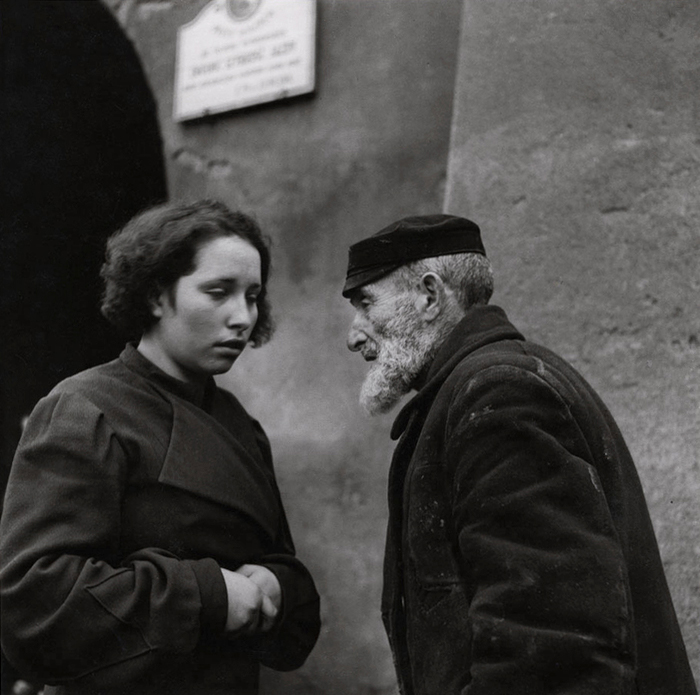
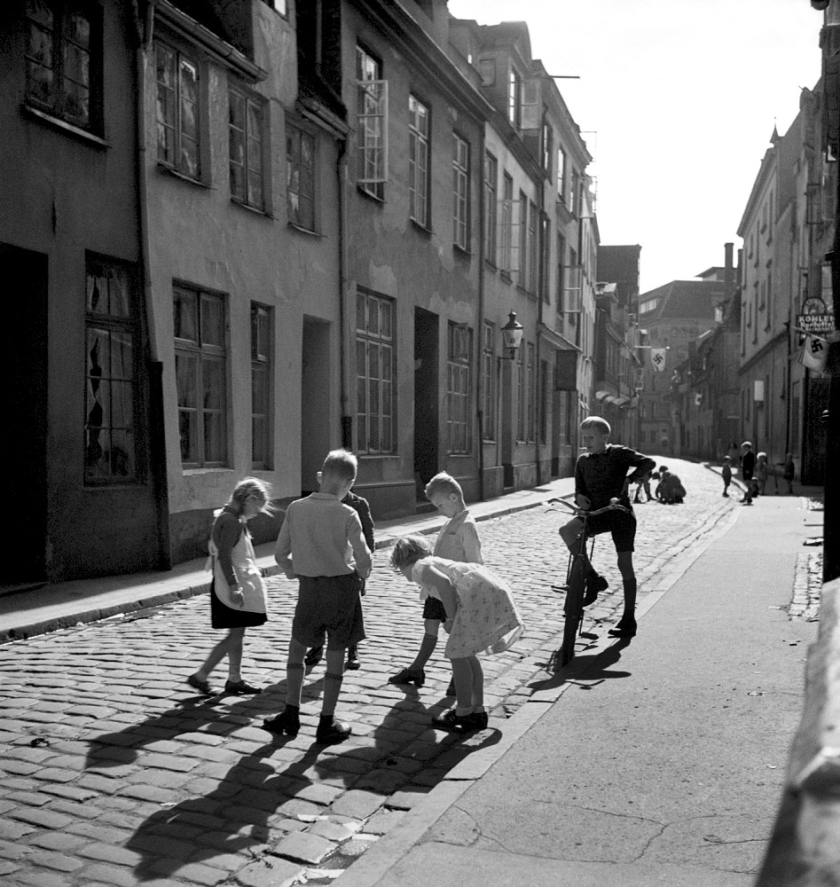
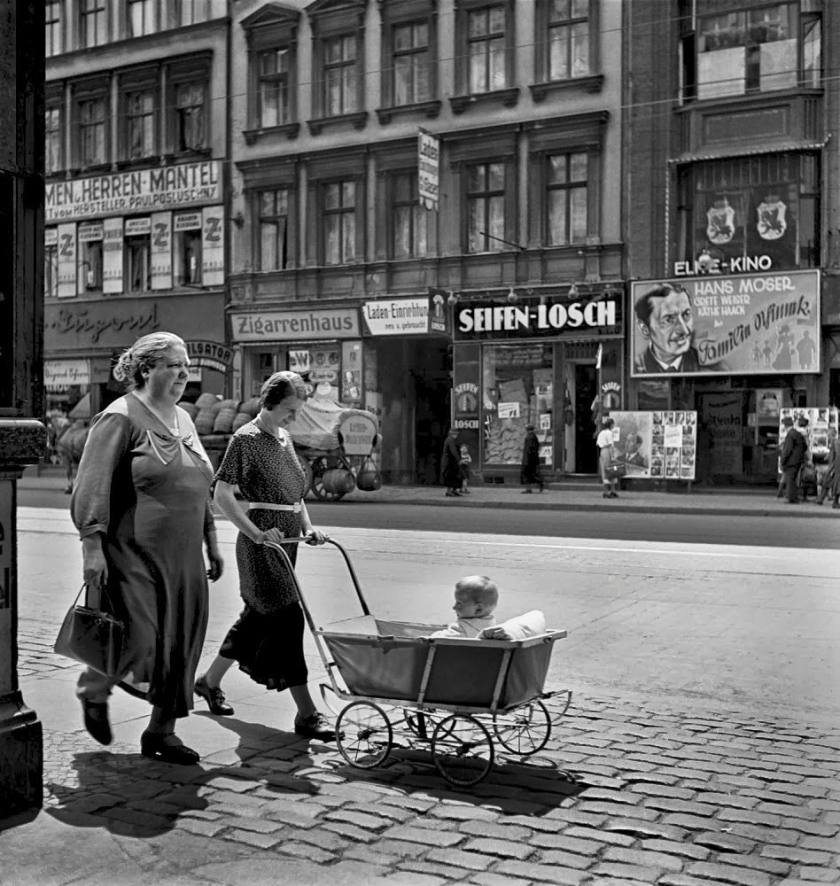




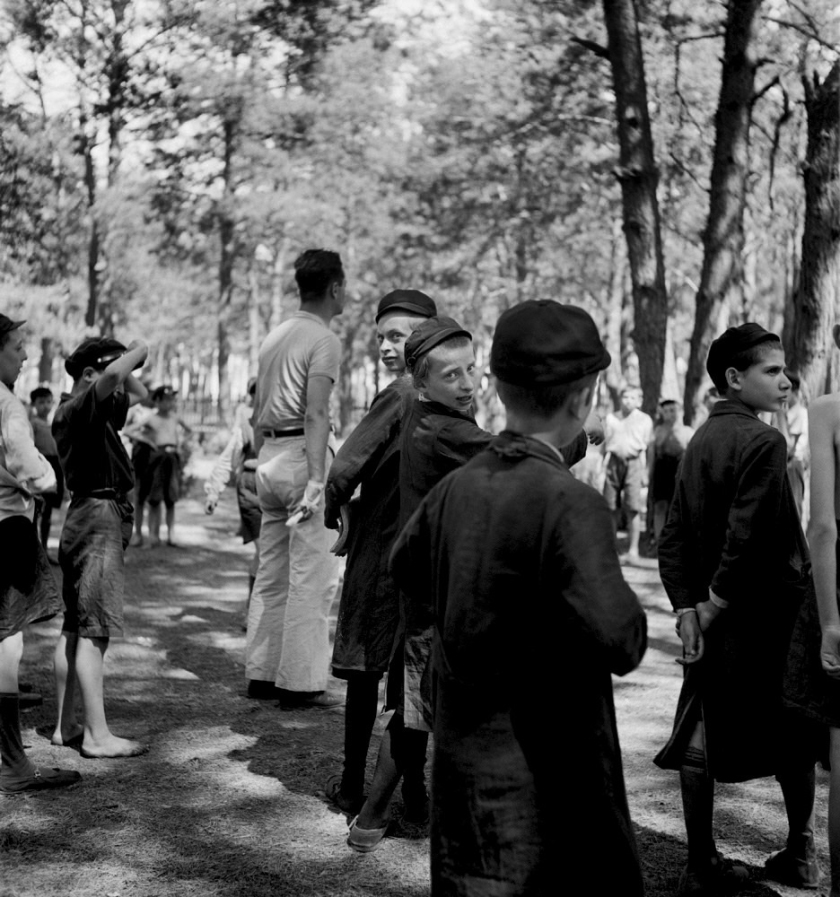
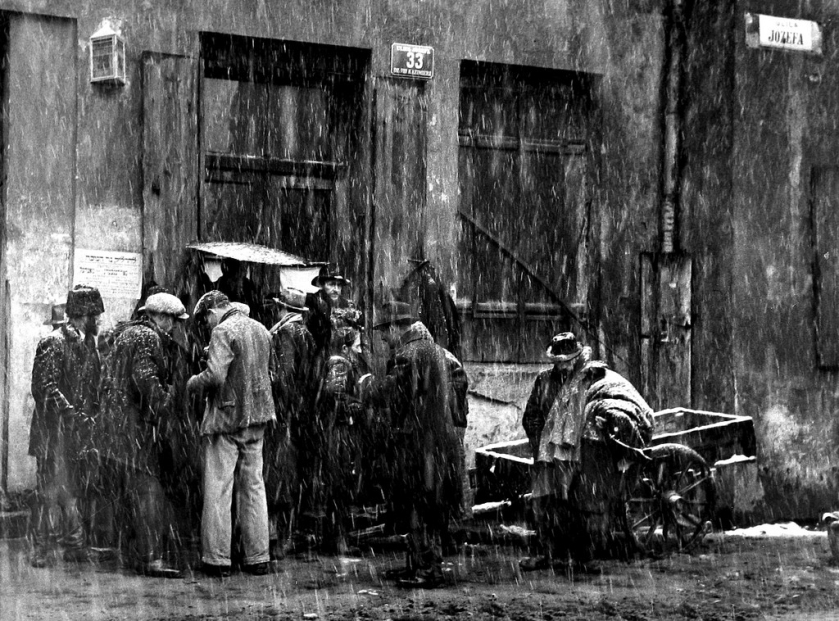
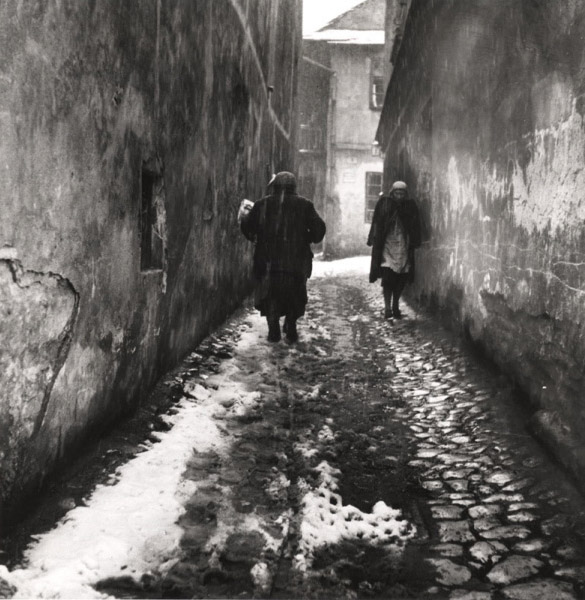

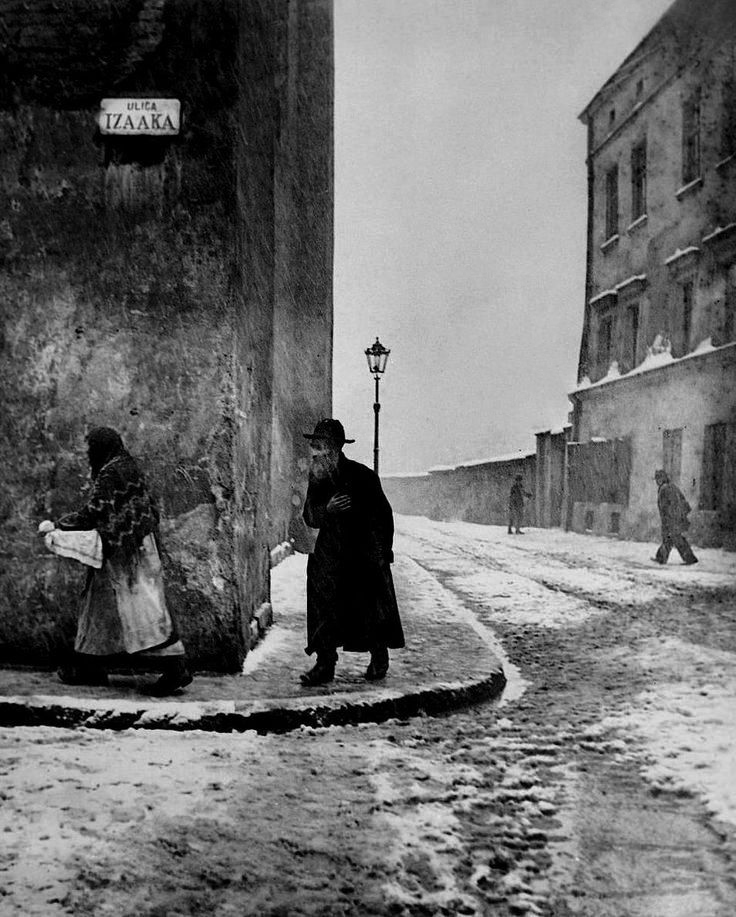


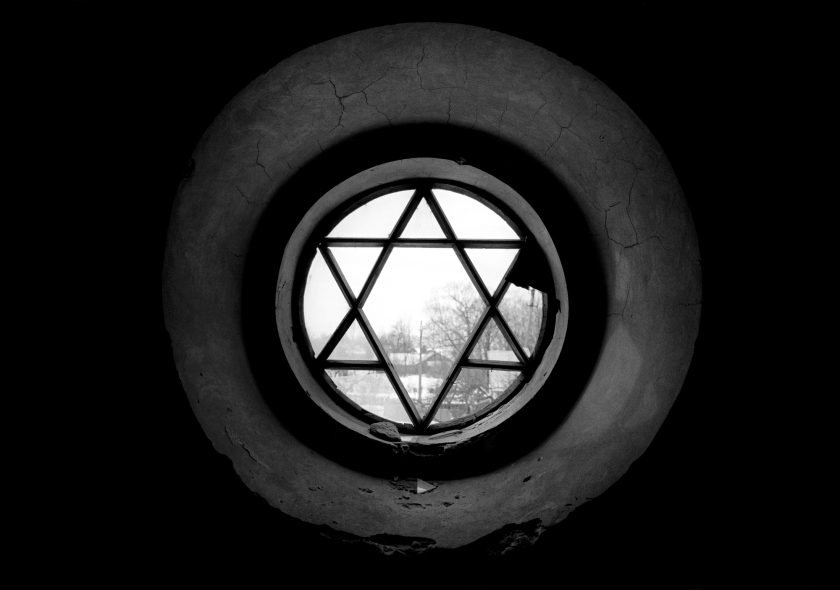
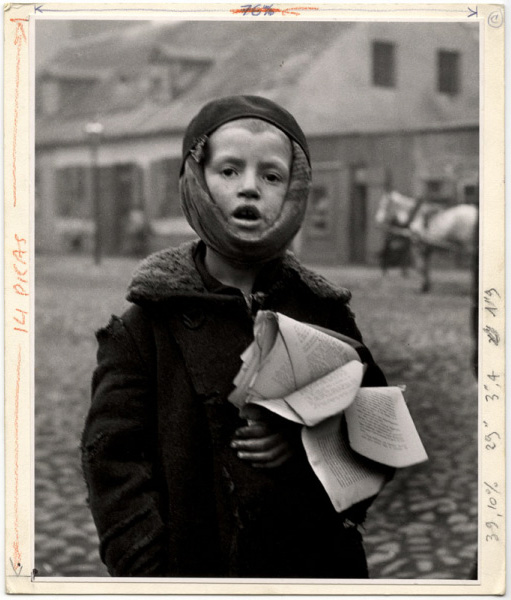
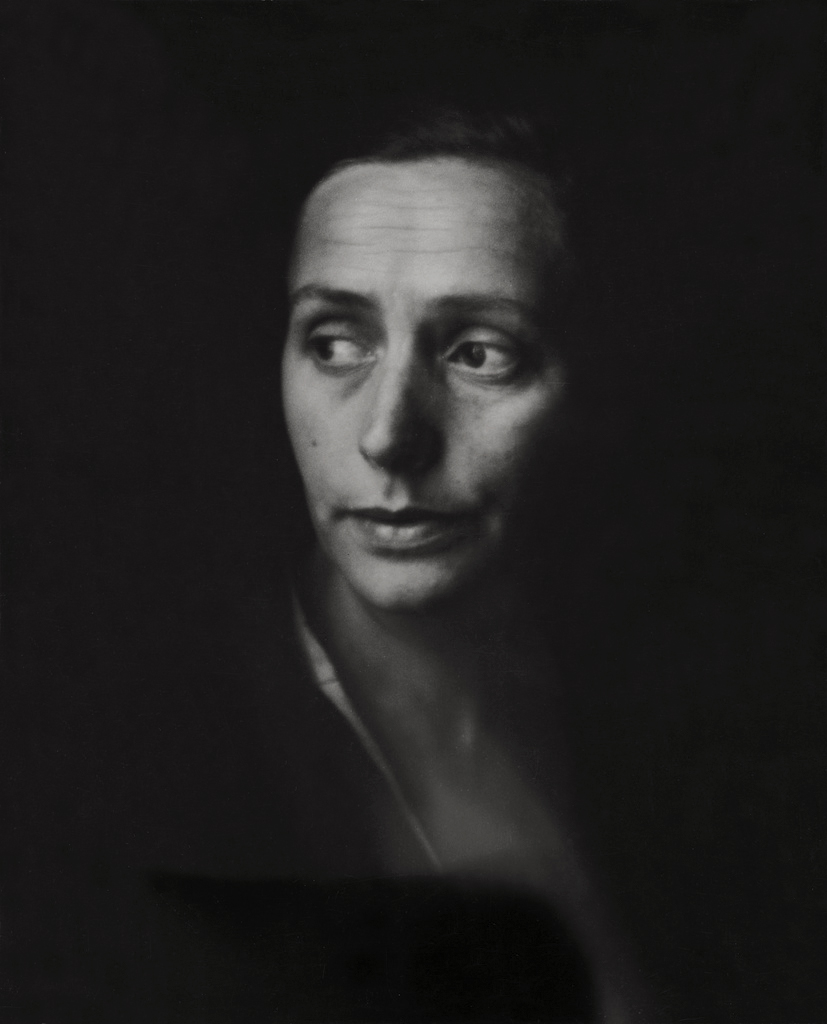
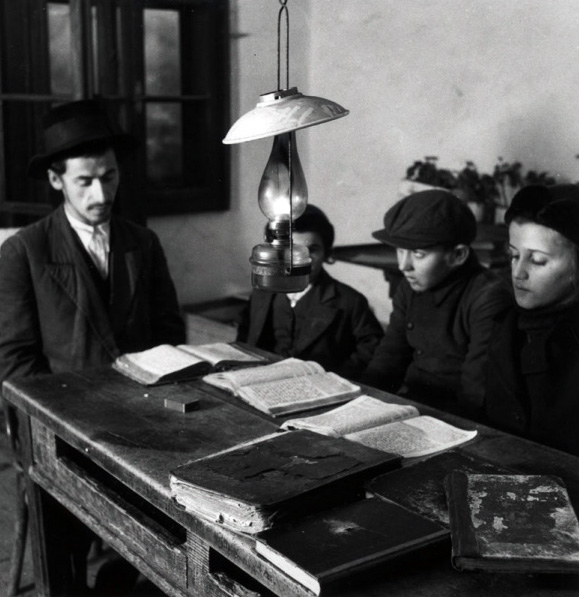
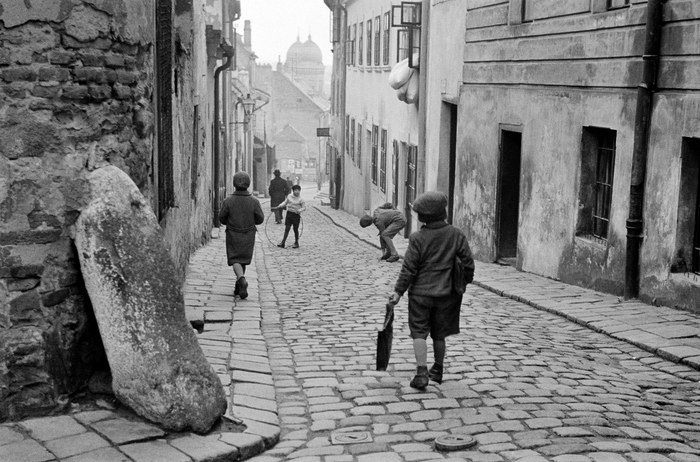
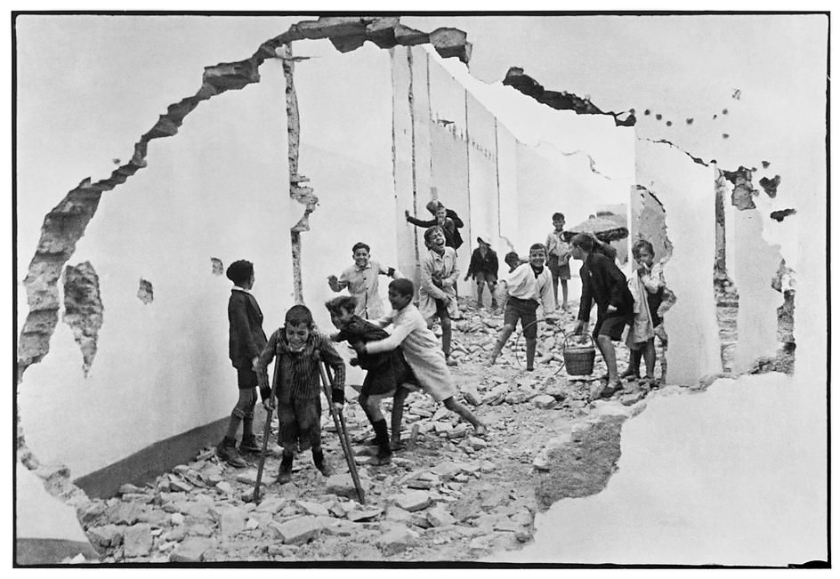
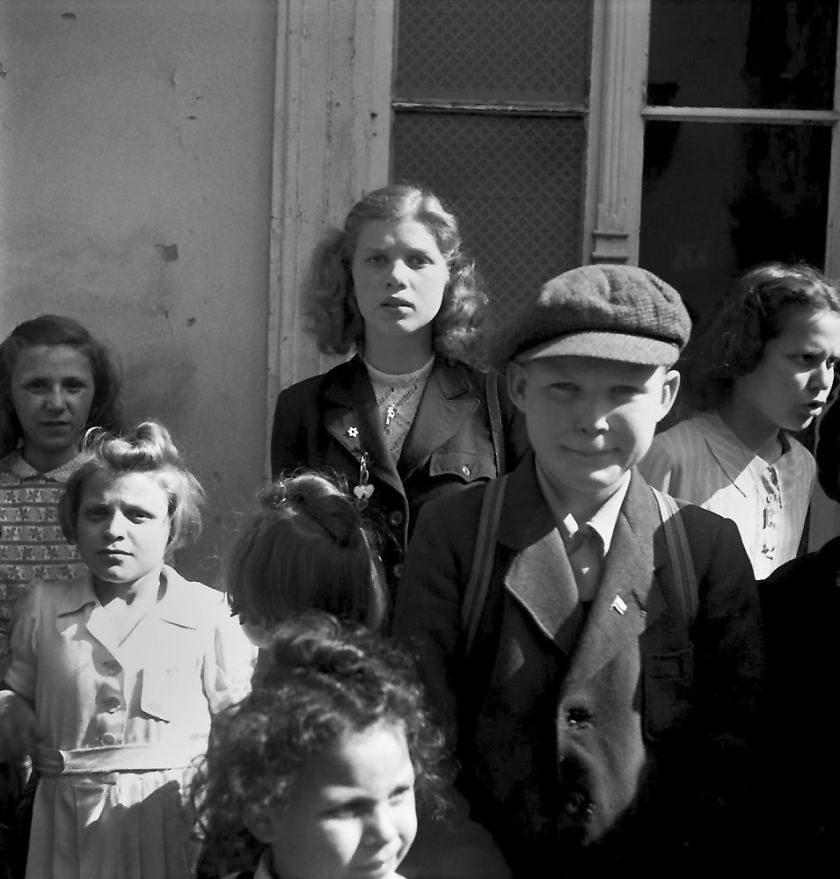
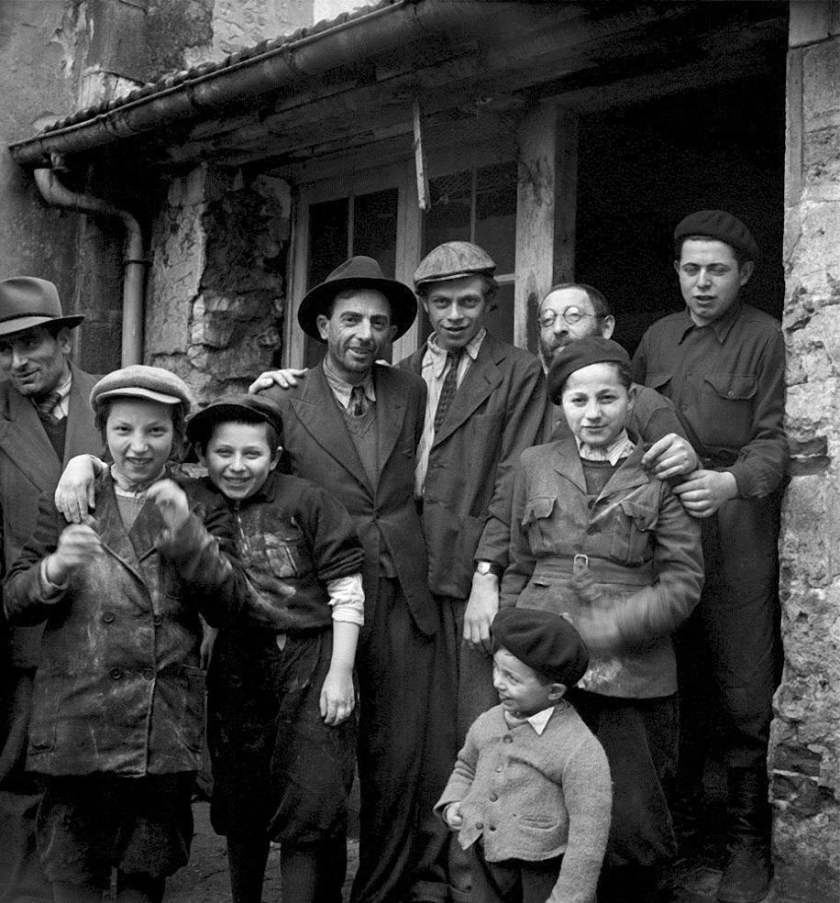
You must be logged in to post a comment.